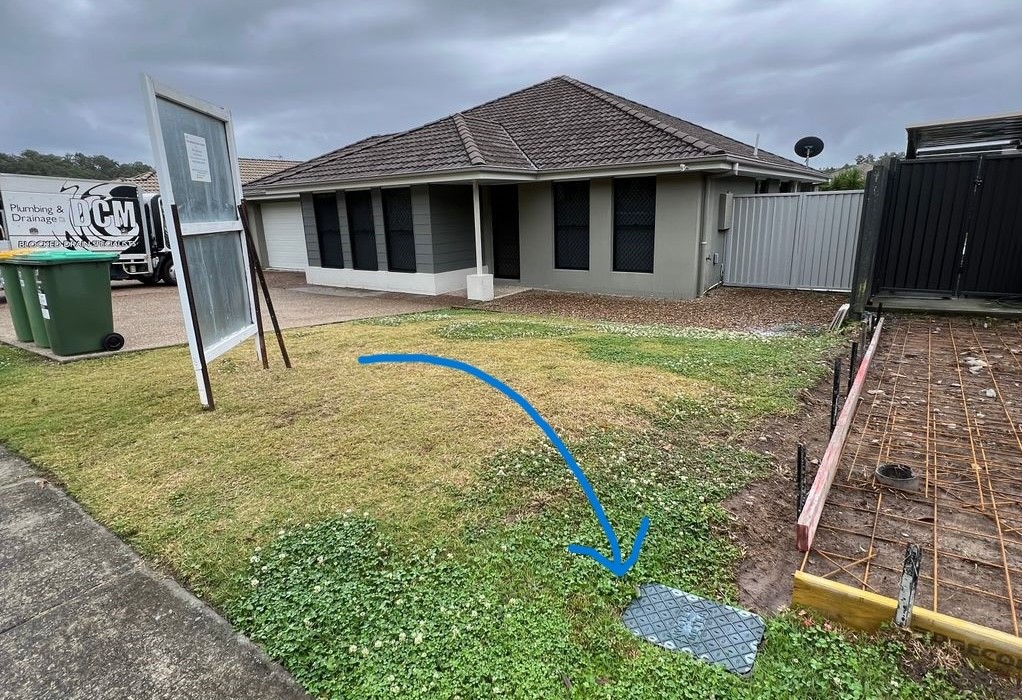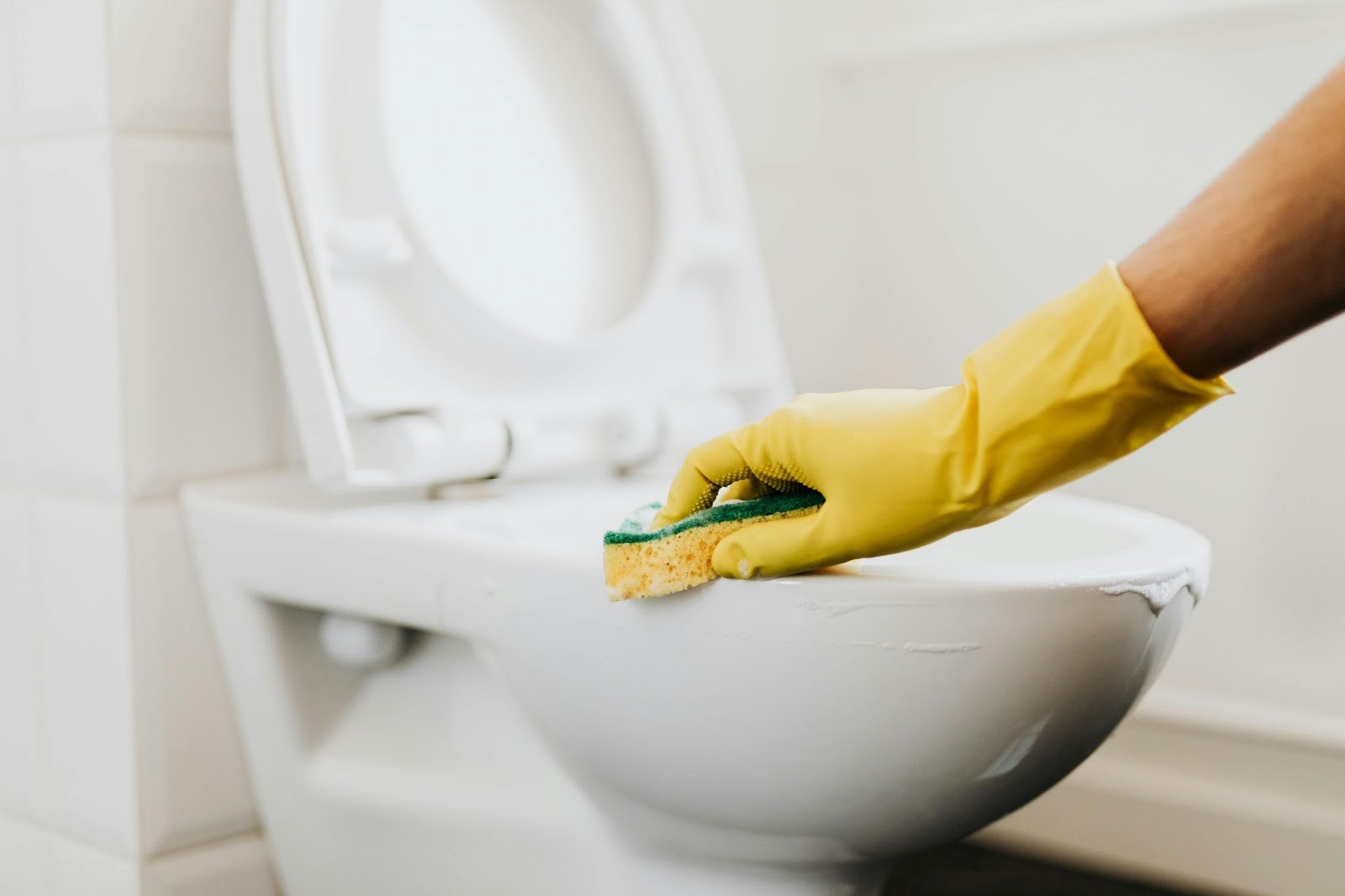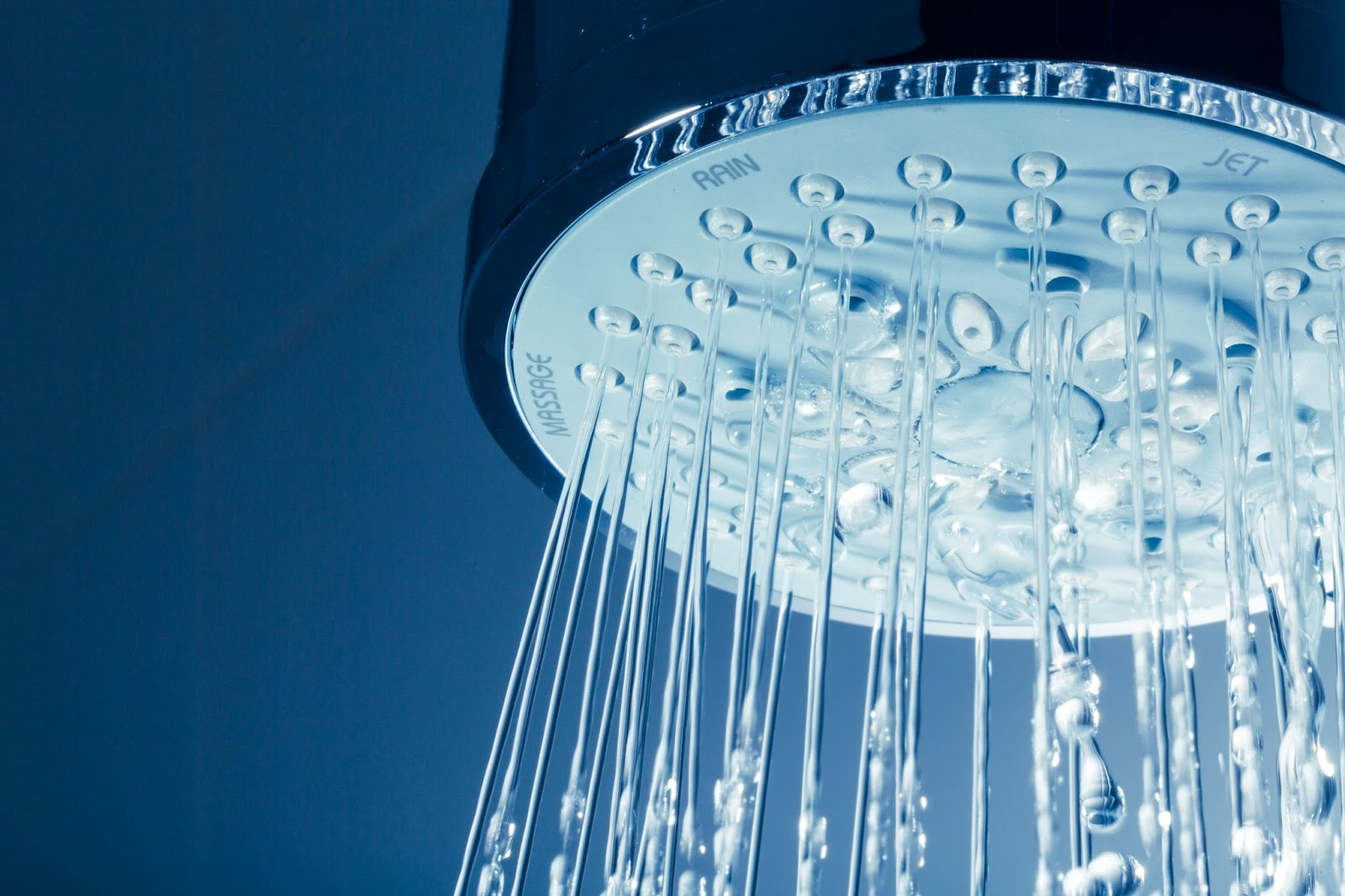Have you ever turned on your shower expecting a soothing, steady stream of warm water but instead were greeted with barely a dribble? As professional plumbers, we know that low water pressure can be a nuisance and understanding the causes and how to increase the water pressure in your house can make all the difference. This guide covers common causes of low water pressure, how to diagnose the problem, effective fixes, and tips to maintain optimal water pressure.
Causes of Low Water Pressure
Low water pressure can be caused by a range of issues, from plumbing problems to external factors. Understanding these causes is the first step toward resolving the issue.
- Clogged or Corroded Pipes
Over time, mineral deposits, rust, and debris can accumulate inside pipes, restricting water flow. Areas with hard water are particularly prone to this issue as the minerals in the water accelerate build-up. - Leaky Pipes
Even small leaks can lower pressure at your taps and fixtures. Leaks often occur in hidden areas like walls or underground, making them harder to detect. Find out more about how to find a water leak underground. - Undersized Pipes
Homes with outdated plumbing may have pipes that are too small to handle modern water demand, especially when people are using multiple fixtures at once. - High Water Demand
Using excessive amounts of water can strain your plumbing system, leading to a noticeable drop in pressure, even if you do have modern pipes. - Closed or Partially Closed Valves
There is a main water shut-off valve that provides water to the house and often the fixtures themselves have their own valves that control the flow of water from the fixture. If these valves are not fully open, they can restrict water flow and cause the water pressure to drop. - Faulty Pressure Regulator
A pressure regulator maintains consistent water pressure. If it malfunctions, you may experience either excessively low or inconsistent pressure. - Sediment Build-Up in Your Water Heater
Sediment can build up over time in your water heater, impeding the flow of water. This can lead to low hot water pressure specifically. This is why it’s important to service your hot water system. - Council Supply Issues
Sometimes, the issue lies outside your home. Maintenance work, leaks in the Council’s supply, or high demand in your area can result in temporary drops in water pressure. - Elevation or Gravity
Homes located on hills or higher floors of buildings often experience lower pressure due to gravity reducing the flow from the main supply.
How to Determine the Problem
To fix low water pressure effectively, you need to identify the root cause. Follow these steps to pinpoint the problem:
- Inspect Visible Pipes and Fixtures
Look for signs of leaks, corrosion, or mineral build-up on exposed pipes and fixtures. Discoloured water or reduced flow from a single fixture often indicates a clog or damage. Remember that the leak may be underground. - Check the Water Meter
Turn off all water using fixtures in your home and observe the water meter. If it continues to move, there’s likely a leak somewhere in your plumbing. Find out how to turn off the water to your house in 4 easy steps. - Test Individual Fixtures
If the pressure is low at a single tap or showerhead, the issue may be a blockage in that fixture. Remove aerators or showerheads to check for debris and lime scale. - Test the Pressure Regulator
Attach a pressure gauge to an outdoor tap and turn the tap on fully. If the reading is below 500 KPA, your regulator may need adjustment or replacement. - Consult Your Neighbours
If neighbours are also experiencing low pressure, it’s likely a Council supply issue. Contact your water supplier for updates or repairs. - Assess the Shut-Off Valve
Locate the main water valve, typically near the water meter, and ensure it’s fully open by turning it counterclockwise. - Inspect Your Hot Water System
Low hot water pressure can indicate sediment build-up in the tank. Check for leaks around the heater and flush the system to clear sediment. - Consider Elevation or Distance
If your home is on higher ground or far from the main supply, gravity or reduced flow over distance could be the culprit.
How to Increase Water Pressure
Once you’ve identified the cause, here’s how to repair the specific issue
- Clear Clogged Pipes
Unfortunately, clearing a water mains pipe is a big job, and you will need to call a professional. For severe mineral build-up, pipe replacement may be necessary. - Repair Leaks
Fix visible leaks using waterproof tape or pipe sealant as a temporary solution. For extensive repairs, you’ll need to contact a plumber to replace damaged sections. - Replace Corroded Pipes
Upgrading to modern materials like PVC or PEX can restore proper flow and pressure while preventing future corrosion. - Upgrade Undersized Pipes
Installing larger-diameter pipes ensures your plumbing system can handle modern water demand, especially during peak usage. This may be a costly solution, however. - Fully Open Valves
Check that all shut-off valves, including those at individual fixtures, are fully open to allow unrestricted water flow. - Adjust or Replace the Pressure Regulator
Use a wrench to adjust the regulator to a pressure level of 500KPA. If it’s faulty, replace it with a new one. The pressure regulator is an adjustable valve usually located at the water meter, and you can buy a new one from Bunnings. - Install Booster Pumps
Booster pumps are ideal for homes at higher elevations or far from the Council supply. These pumps increase water flow and pressure throughout your system. - Flush the Water Heater
Drain the tank to remove sediment build-up that may be restricting flow. Refill and test for improved hot water pressure. You can also contact a professional to do a full service of your hot water system.
Address Council Supply Issues
Report any problems to your water supplier and inquire about potential solutions or repairs in your area.
How to Prevent Low Water Pressure from Happening Again
Preventative maintenance can help you avoid future pressure issues. Here’s how:
- Install a Water Softener
In areas with hard water, a water softener reduces mineral deposits and prevents build-up in pipes and fixtures. - Schedule Regular Plumbing Inspections
A professional plumbing inspection can identify and address issues like corrosion, leaks, or blockages before they cause pressure drops. - Replace Aging Pipes Proactively
Don’t wait for pipes to fail. Gradually replace old pipes with modern materials to ensure long-term efficiency. - Clean Fixtures Regularly
Keep an eye on your fixtures and soak aerators and showerheads in vinegar to dissolve lime scale and improve water flow. - Stagger Water Usage
Avoid running multiple water-intensive appliances, like washing machines and dishwashers, at the same time. - Monitor Pressure with a Gauge
Install a pressure gauge on your plumbing system to track fluctuations and act quickly if pressure drops. - Flush the Water Heater Annually
Prevent sediment build-up and maintain consistent hot water pressure by flushing and servicing your hot water system regularly.
Restore Your Home’s Water Pressure Today
Low water pressure can be frustrating, but with the right approach, it’s often a fixable issue. From identifying the cause to implementing practical solutions and preventative measures, taking action can restore your water flow and improve your daily routine. If you’re dealing with persistent low water pressure, DCM Plumbing is here to help with expert diagnosis and reliable repairs. Contact us today for professional support and peace of mind.


















